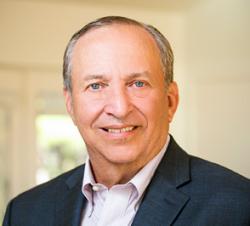

Research
BPEA | 1986 No. 2

1986, No. 2
IN A WELL-KNOWN PAPER in one of the inaugural issues of the Brookings Papers, Robert Hall posed the question “Why Is the Unemployment Rate So High at Full Employment?” Hall, writing in the context of the 3.5 percent unemployment rate that prevailed in 1969, answered his question by explaining that the full-employment rate was so high because of the normal turnover that is inevitable in a dynamic economy where some sectors are expanding and others are contracting and because of the special problems of certain disadvantaged groups. Hall himself was pessimistic about the prospects for maintaining unemployment consistently below 4 percent through expansionary policies. But he raised the prospect that successful structural policies could do so. While aspirations became attuned to expectations as unemployment rose during the 1970s, the Humphrey-Hawkins Full Employment and Balanced Growth Act of 1978 nonetheless set an unemployment target of 4 percent for 1983.